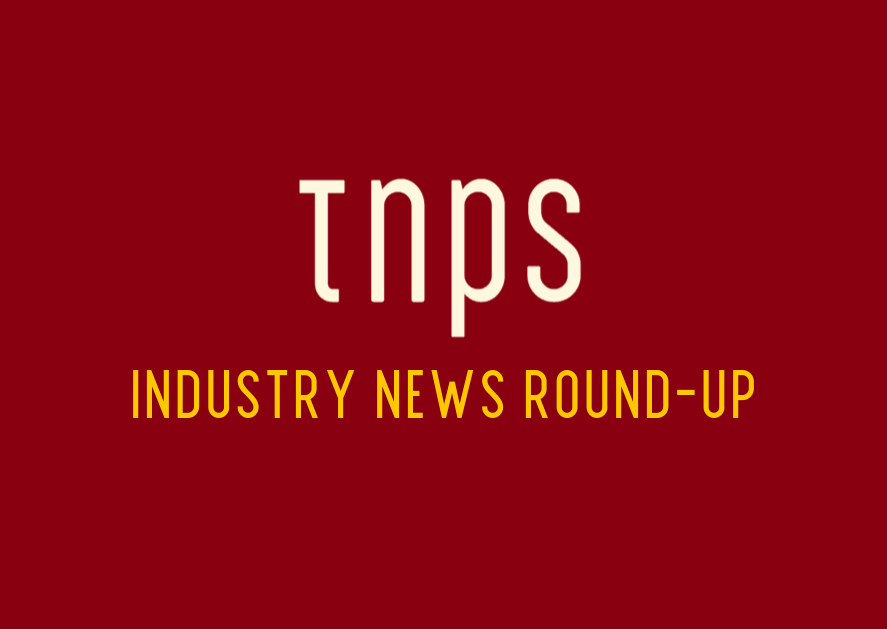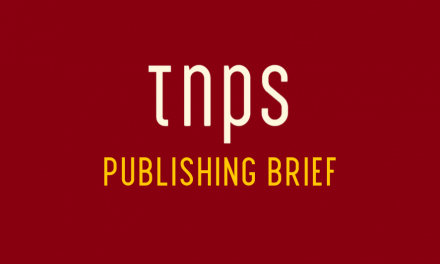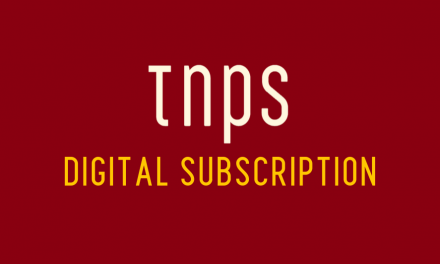With $800 million in digital revenue last year, the New York Times also topped 5 million subscribers, and is now targeting 10 million subscribers by 2025.
To be clear, newspaper publishing and book publishing are different business models, and in the case of newspapers the digital subscription model is about replacing advertising revenue as much as reaching new audiences.
Or at least, that’s how it all began. But as millions of new subscribers sign up, many being international readers that had no possible way of buying the print edition, so audience reach becomes the driver.
This from New York Times CEO Mark Thompson in a press release:
We’re seeing an acceleration in our digital growth. In 2019, we added more than one million net new total digital-only subscriptions and as of year end, have 5,251,000 total subscriptions across our print and digital products.
As advertising revenue declines and as the economics of production, distribution and remaindered management becomes ever more challenging, so digital subscription becomes ever more critical to the success of the business.
The New York Times’ Marc Tracy spelled it out in clear terms:
The company’s main business is making money directly from customers who pay.
For book publishers the lessons are not easily transferred. Or maybe they are, if only publishers could take a step back and see the bigger picture.
While book publishers, with a handful of exceptions, do not rely on advertising revenue, they do very much rely on what Mark Tracy, above, called the business of,
making money directly from customers who pay.
Or close to. Just as newspaper firms pay printers, distributors and vendors to produce and sell their physical product, so do book publishers.
With digital we see the real divergence of the models, with two distinct differences (quite apart from the obvious one of daily short-life news content vs. long-life book content):
First is delivery: While newspaper publishers very much own the digital sales they foster, book publishers at best dabble at the edges of D2C and mostly hand over the digital distribution and sales operation to third parties. at costs them both control and data insights.
There is no Amazon-equivalent in the digital news world that dominates digital distribution either at retail or subscription level. So we can understand why publishers are reluctant to empower Amazon more by using its Kindle Unlimited subscription service, even if they did favour the model.
But of course publishers have also shown reticence to work with more publisher-friendly operations like Scribd, and just a month ago we saw Penguin Random House pulling all its titles from unlimited subscription services, including Scribd and Storytel, supposedly because it doesn’t see the model as helpful.
The other difference between book publishers and newspaper publishers is that newspaper publishers by and large are more receptive to change and more willing to experiment.
They understand that the subscription genie is out of the bottle and that the written word, be it news or novel, is every bit as attractive in digital format as music or video, and that for consumers the best value is in subscription.
The New York Times, in this example especially, understands that the extra reach and volume unlimited digital subscription confers can more than make up for any perceived cannibalisation of analogue revenue.
In this example we are looking at subscriber numbers that are expected to literally double over the next five years. And the forecast could well prove to be conservative.
For book publishers the potential reach unlimited subscription offers is itself limited mainly by territorial and other restrictions the same book publishers impose to protect a business model that evolved in a bygone, pre-digital era.
If the 2010s saw the birth of digital subscription, the 2020s will see the model come of age, and savvy book publishers, like savvy newspaper publishers, will reap the rewards as more and more digital-first consumers embrace subscription as their preferred way to engage with content
The digital subscription genie isn’t going to go back into the bottle.




